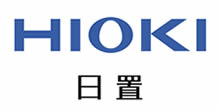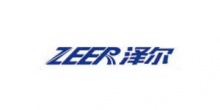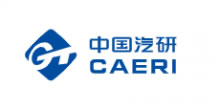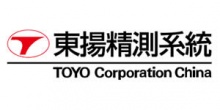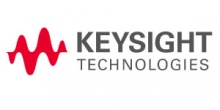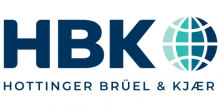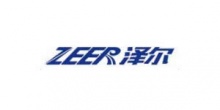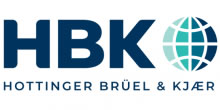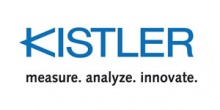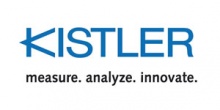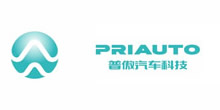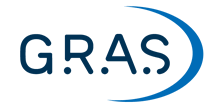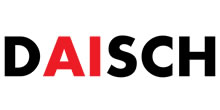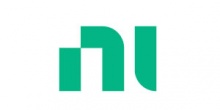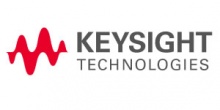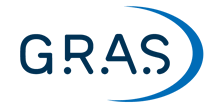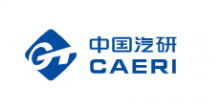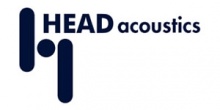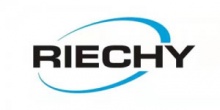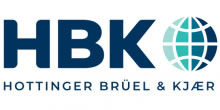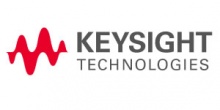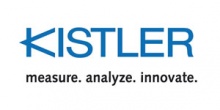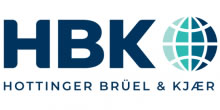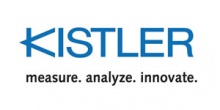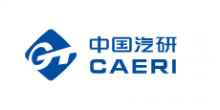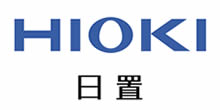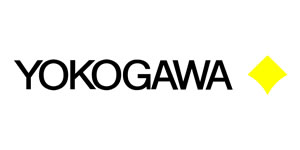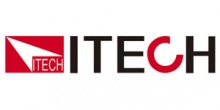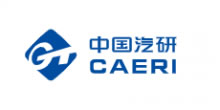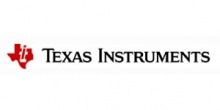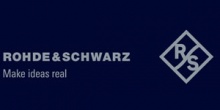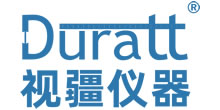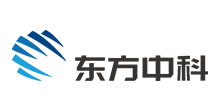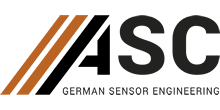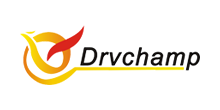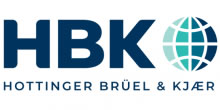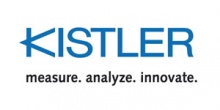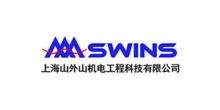Ford tests light-based visual language

Ford has carried out tests to determine the potential for using lights to indicate what a vehicle is doing and what it will do next.
The new approach is part of research into a communication interface that will help autonomous vehicles seamlessly integrate with other road users.
Ford engineers tested whether colored lights displayed above the windshield could help bridge the communication gap between autonomous vehicles and people.
To ensure testing was as realistic and natural as possible, the company created the ‘Human Car Seat’ installed inside a Transit Connect van.
Designed to look like an autonomous vehicle, with the driver hidden in the seat, observers could more effectively gauge responses to a roof-mounted light bar that flashed white, purple and turquoise to indicate when the van was driving, about to pull forward and giving way.
“Fundamentally, people need to trust autonomous vehicles and developing one universal visual means of communication is a key to that. Turning someone into a Human Car Seat was one of those ideas when there was a bit of a pause and then the realization that this was absolutely the best and most effective way of finding out what we needed to know,” said Thorsten Warwel, Ford of Europe core lighting manager.
Testing was conducted in conjunction with Chemnitz University of Technology in Germany. Researchers expanded the tests to check the effectiveness of two other colors, in addition to white, and situations with further distance, showing the lights up to 500m away.
The tests concluded that 60% of 173 people surveyed after encountering the Transit Connect thought it was an autonomous vehicle. Together with the observed reactions of a further 1,600 people, turquoise – more noticeable than white and less easily confused with red than purple – was the preferred color. There was also a high level of acceptance and trust in the signals, providing a basis from which researchers can further develop the visual language.
In separate tests conducted by Ford together with the automotive lighting and electronics specialist Hella, researchers tested further locations for the lights, such as on the grille and headlamps, although no clear preference emerged.
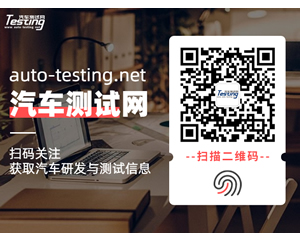 广告
广告 编辑推荐
最新资讯
-
投资近20亿,中汽中心汽车项目正式启动建设
2025-09-16 09:35
-
一Tier1巨头新独资公司落地上海!
2025-09-16 09:13
-
R79对L2级智驾功能的要求
2025-09-16 07:59
-
AI5:特斯拉的算力核弹,重新定义自动驾驶
2025-09-16 07:58
-
全球汽车工程巨头预计年底前裁员1000人!
2025-09-15 18:20





 广告
广告